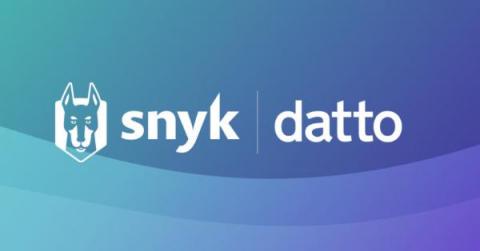AppSec during hypergrowth: Empower your developers to overcome the tech talent shortage
Many high-growth technology startups are pressured to deliver applications to market ahead of fast-moving competitors. It’s all too easy to allow a “we’ll get to that eventually” mentality to creep in when competing priorities appear to force a tradeoff with development velocity. This introduces unnecessary risks, but they can be mitigated by implementing an effective AppSec program that involves the right tools, processes, and mindset.











